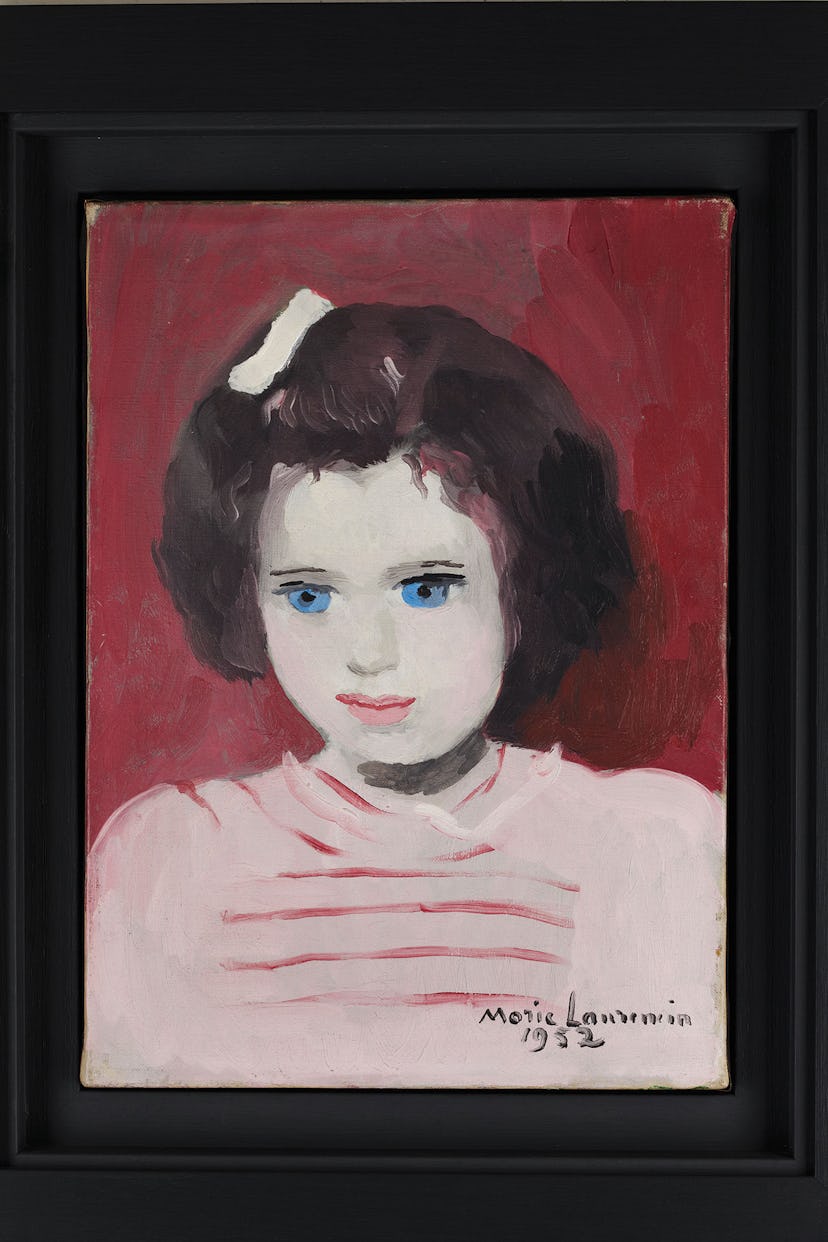Lessons in Art History

Anne Sinclair is perhaps best known in this country as the beleaguered ex-wife of former International Monetary Fund managing director Dominique Strauss-Kahn, but her bracing new memoir doesn’t even mention DSK. Rather, My Grandfather’s Gallery (Farrar, Straus and Giroux) tells the story of her mother’s father, Paul Rosenberg, a legendary art dealer in Paris who represented Picasso, Matisse, and many modern masters before fleeing the Nazis for New York in 1940, leaving behind one of the greatest collections of modern art. While searching for her lost identity card in 2010, Sinclair found herself plunging into her family history—particularly, her grandfather’s files, letters, and photographs. In 1910, Rosenberg set up his gallery in Paris, where he exhibited new works by Picasso, Matisse, Braque, and Léger on the ground floor, and those by the more established Degas, Renoir, and Rodin upstairs. Picasso designed the invitation to his first solo show there in 1919 and eventually moved next door to Rosenberg, their successes inextricably linked. (“Mon cher Pic,” Rosenberg addressed him in letters.) Sinclair, a renowned journalist in France, pulls no punches, recalling her boredom as a child at having to sit through long lunches with Picasso and her grandparents, and how she ran away in terror the day the artist offered to paint her, “imagining a face that would have been distorted like the one he had painted of Dora Maar…” But it’s the fate of the gallery, its plundered “degenerate art,” as the Nazis deemed Rosenberg’s collection, and the family in exile that lie at the heart of this absorbing account.